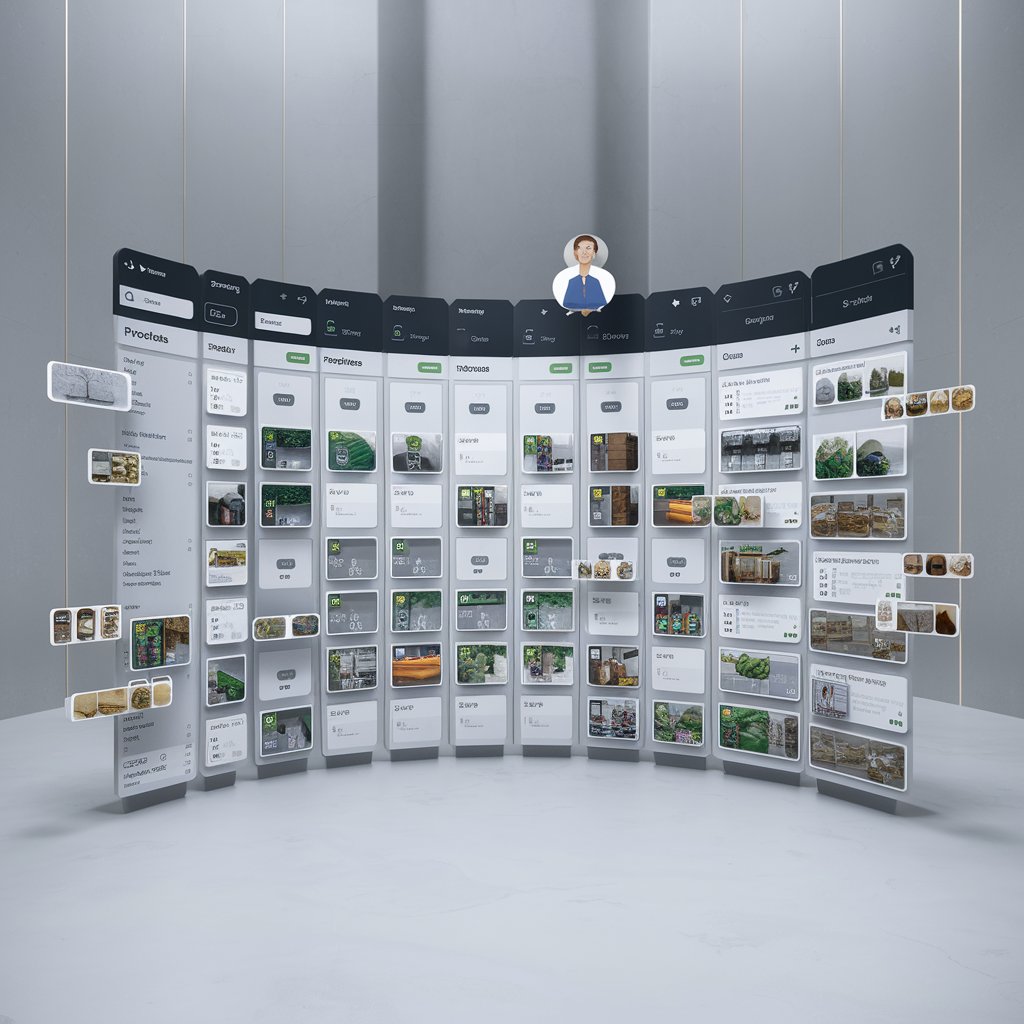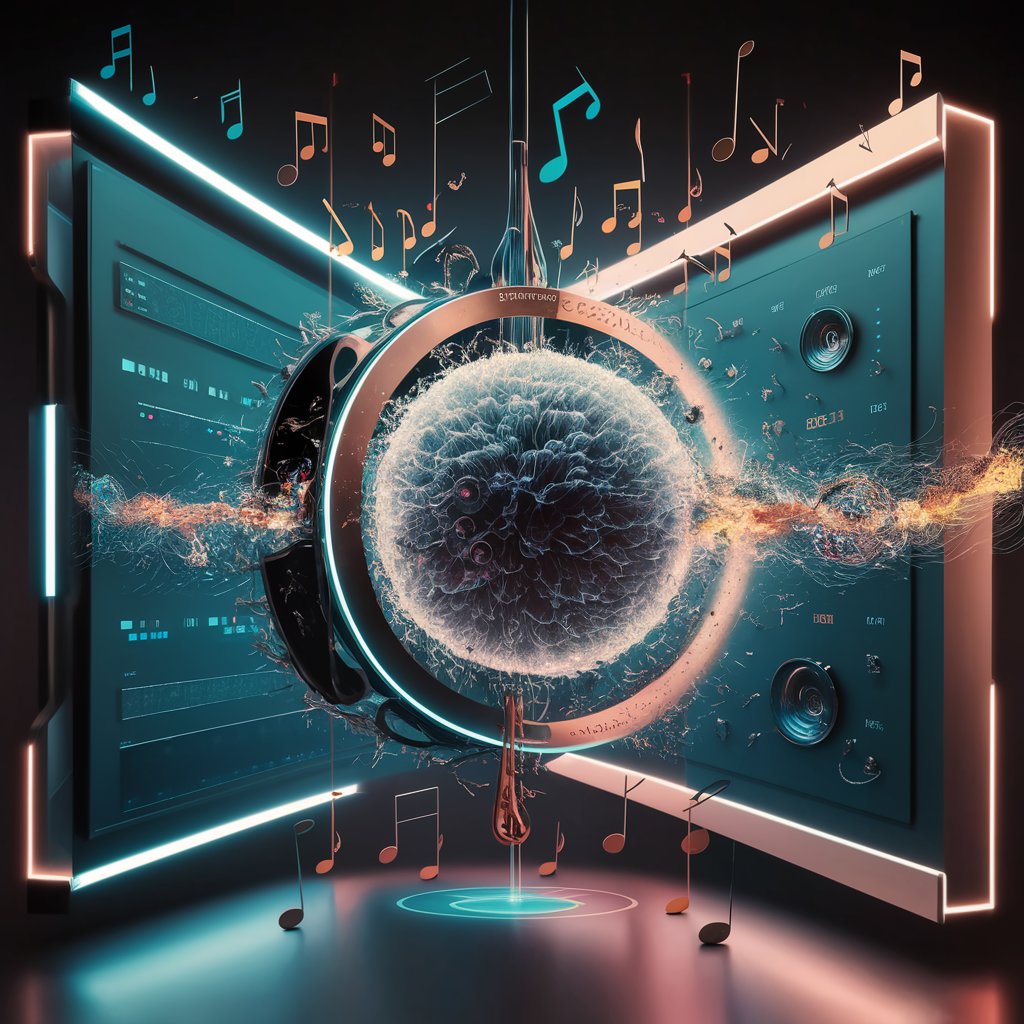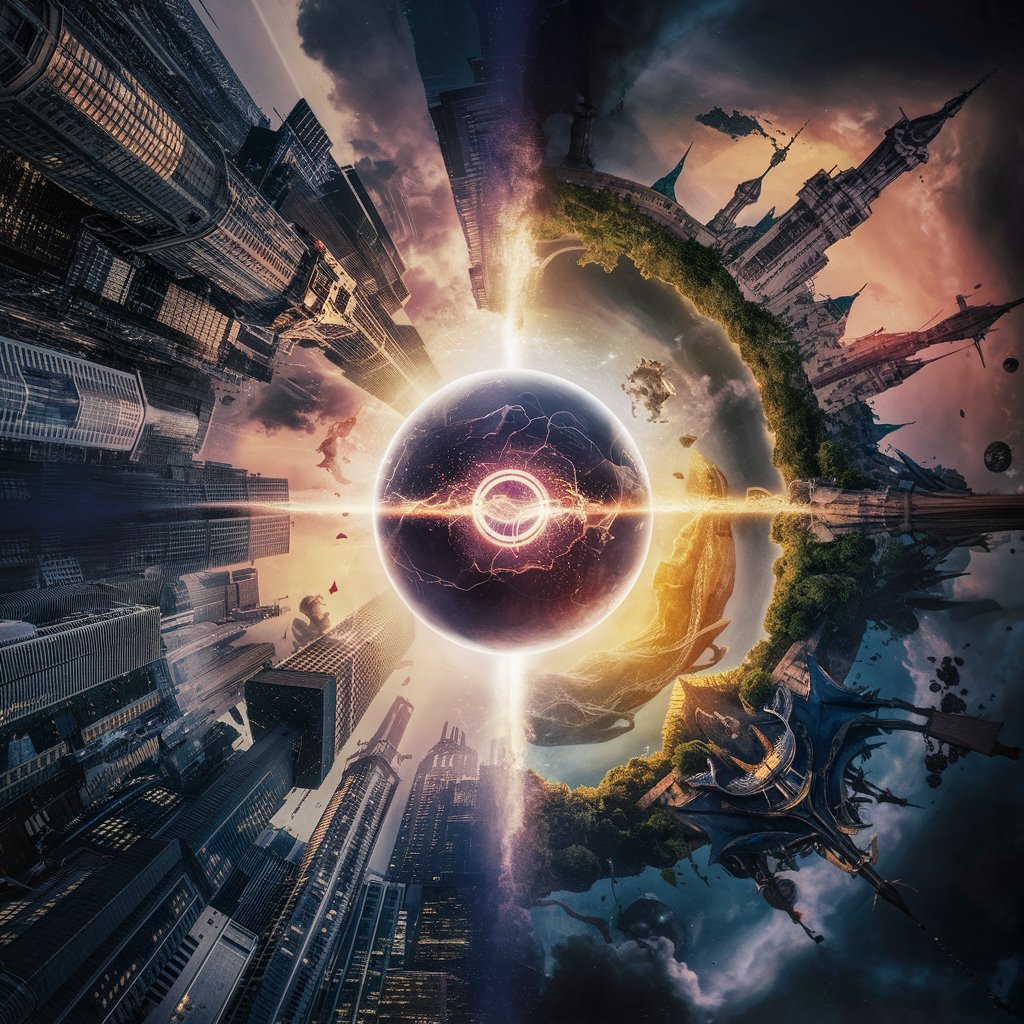In today’s fast-moving business world, efficient inventory management is essential. Whether you run a small retail shop or a large manufacturing company, knowing what’s in stock, what’s selling, and what needs to be replenished can make or break your business. This is where inventory management software comes in — it automates, organizes, and optimizes your entire inventory process.
What Is Inventory Management Software?
Inventory management software is a digital tool designed to track, manage, and control inventory levels, orders, sales, and deliveries. It helps businesses avoid overstocking or running out of stock by providing real-time data about what’s available, where it’s located, and when to reorder.
The software can also integrate with accounting, sales, and e-commerce systems, allowing companies to manage their operations from a single platform.
Key Features
- Real-Time Tracking:
The software updates inventory data instantly whenever a sale or purchase occurs, helping businesses maintain accurate stock records. - Barcode and RFID Scanning:
By scanning barcodes or RFID tags, users can quickly record product movement and reduce human error. - Automated Reordering:
It sends alerts or automatically places purchase orders when inventory drops below a set threshold. - Multi-Location Management:
For businesses with multiple warehouses or stores, this feature helps monitor stock across all locations from one dashboard. - Reporting and Analytics:
Detailed reports on sales trends, product performance, and inventory turnover help managers make smarter purchasing and pricing decisions.
Benefits of Using Inventory Management Software
- Improved Accuracy:
Manual tracking often leads to errors. Automation eliminates mistakes, ensuring your stock data is always reliable. - Cost Efficiency:
By reducing excess inventory and avoiding shortages, businesses save money and improve cash flow. - Better Customer Satisfaction:
Having the right products available when customers need them increases satisfaction and loyalty. - Time Savings:
Automated tracking and reporting reduce the time spent on manual inventory checks and paperwork. - Scalability:
As your business grows, the software can easily adapt to manage more products, locations, and users.
Types of Inventory Management Software
- Standalone Systems: Ideal for small businesses focusing solely on inventory control.
- ERP (Enterprise Resource Planning) Systems: Integrate inventory management with other business operations such as finance, HR, and supply chain.
- Cloud-Based Solutions: Offer remote access, real-time updates, and lower upfront costs.
- Industry-Specific Software: Tailored for sectors like retail, manufacturing, healthcare, or e-commerce.
How to Choose the Right Software
When selecting inventory management software, consider:
- Business Size: A small retailer’s needs differ from a multinational manufacturer’s.
- Integration Capabilities: Ensure it works smoothly with your existing tools.
- User Interface: Choose a system that’s easy for your team to learn and use.
- Scalability and Support: Look for a solution that grows with your business and offers strong technical support.
Popular Inventory Management Software Options
Some of the leading solutions include:
- Zoho Inventory – Great for small to medium businesses.
- TradeGecko (QuickBooks Commerce) – Ideal for e-commerce.
- NetSuite ERP – Best for large enterprises.
- Odoo – Offers modular flexibility.
- Cin7 – Known for seamless integrations and automation.
Challenges and How Software Solves Them
Without proper tools, businesses face issues like stock discrepancies, delayed orders, and high holding costs. Inventory management software solves these problems through automation, analytics, and synchronization between departments, reducing manual labor and improving transparency.
The Future of Inventory Management
Modern software is moving toward AI-driven forecasting and IoT integration. Predictive analytics can anticipate demand, while connected sensors provide real-time updates from warehouses. These innovations will continue to reshape how businesses manage stock in the years ahead.
Conclusion
Inventory management software is no longer optional — it’s a necessity for any business that wants to stay competitive, efficient, and customer-focused. By automating tracking, reducing human error, and offering valuable insights, it streamlines operations and boosts profitability. Whether you’re running a small online store or a large distribution center, investing in the right inventory management system can transform the way you do business.


